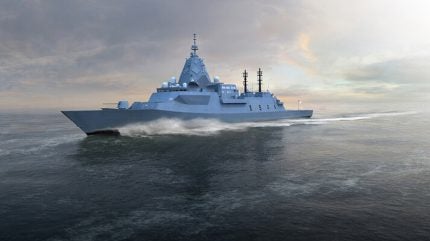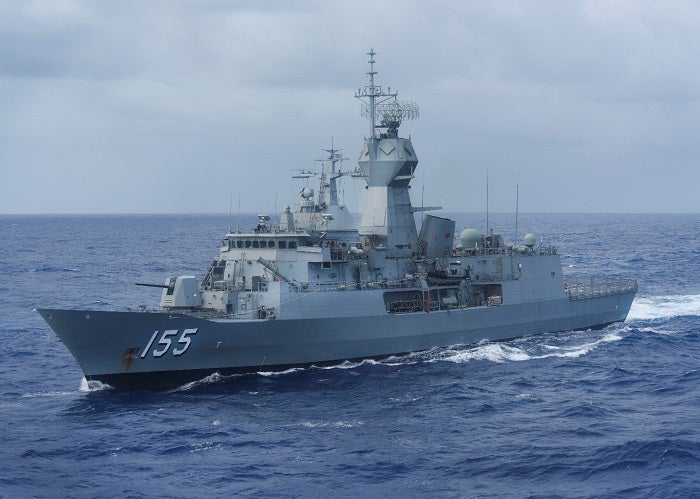
The Australian Government has announced that it will expand its surface combatant force and implement some changes to its original plans for the fleet.
In budgeting terms, the Government will invest an additional A$11.5bn ($7.5bn) on combatant vessels – that will bring net spending on acquisition and sustainment in the fleet up to A$54.2bn.
These fundamental changes indicate Prime Minister Anthony Albanese’s aim to speed up the delivery of platforms for operational readiness – a key requirement that the Royal Australian Navy (RAN) shares with the rest of the world in an unstable security environment.
“This plan ensures [the] Navy’s future fleet can meet our strategic circumstances by delivering a larger and more lethal fleet sooner,” suggested the Minister of Defence, Pat Conroy.
Frigates and destroyers
One of fleet’s big changes is that the Government will reduce the nine Hunter class anti-submarine warfare (ASW) frigates it signed for in a Head Contract with BAE Systems Maritime Australia in December 2018 to just six vessels.
Following this, RAN will develop its existing Hobart class anti-air warfare destroyers by integrating them with the latest US Navy Aegis combat system at the Osborne shipyard in South Australia.
How well do you really know your competitors?
Access the most comprehensive Company Profiles on the market, powered by GlobalData. Save hours of research. Gain competitive edge.

Thank you!
Your download email will arrive shortly
Not ready to buy yet? Download a free sample
We are confident about the unique quality of our Company Profiles. However, we want you to make the most beneficial decision for your business, so we offer a free sample that you can download by submitting the below form
By GlobalDataGlobalData Defence Analyst, Wilson Jones, pointed out that “it’s become widely apparent that navies need more air defences to survive contact with peer nation enemies.”
He added that “Conflicts including Armenia-Azerbaijan, Russia-Ukraine, and Yemen all demonstrate that small drones and missiles can and will pierce air defences and inflict damage. Air defence is essential if there were to be a confrontation with China, which is Australia’s primary concern” in the Indo-Pacific theatre.
Scrapping Anzac upgrade for 11 new frigates
In addition, the Albanese Government will manufacture 11 new, general purpose frigates that will “provide maritime and land strike, air defence and escort capabilities.”
The new general purpose frigate will be accelerated to replace the Anzac class frigates, meaning the ‘Transition Capability Assurance’ upgrades are no longer required. These new general purpose frigates will be modern, capable and more lethal, requiring smaller crews than the Anzac.
Consolidation of Australia’s Marine industry precinct in Henderson, Western Australia is currently underway, as recommended by the Defence Strategic Review.
Successful and timely consolidation will enable eight of the new general purpose frigates to be built in Henderson. The Government did not disclose where the three other frigates will be constructed.

Large optionally crewed surface vessels
To bolster RAN’s long-range strike capability even more, the Government has also said that it will construct six large optionally crewed surface vessels (LOCSVs), which will also be built in Henderson.
Given the close ties between Australia and the US defence industry, these future LOCSVs may follow the example set by the US Navy in Mobile, Alabama, where it has launched the Vanguard programme that will see the development of large overlord uncrewed surface vessels (OUSVs).
Currently undergoing outfitting and testing, Vanguard, a joint effort from Austal USA and L3Harris, will transit autonomously to San Diego, California, where sister vessels OUSV1 Ranger and OUSV4 Mariner are stationed, along with two additional Medium USVs, Sea Hunter and Seahawk, developed under a separate programme.






